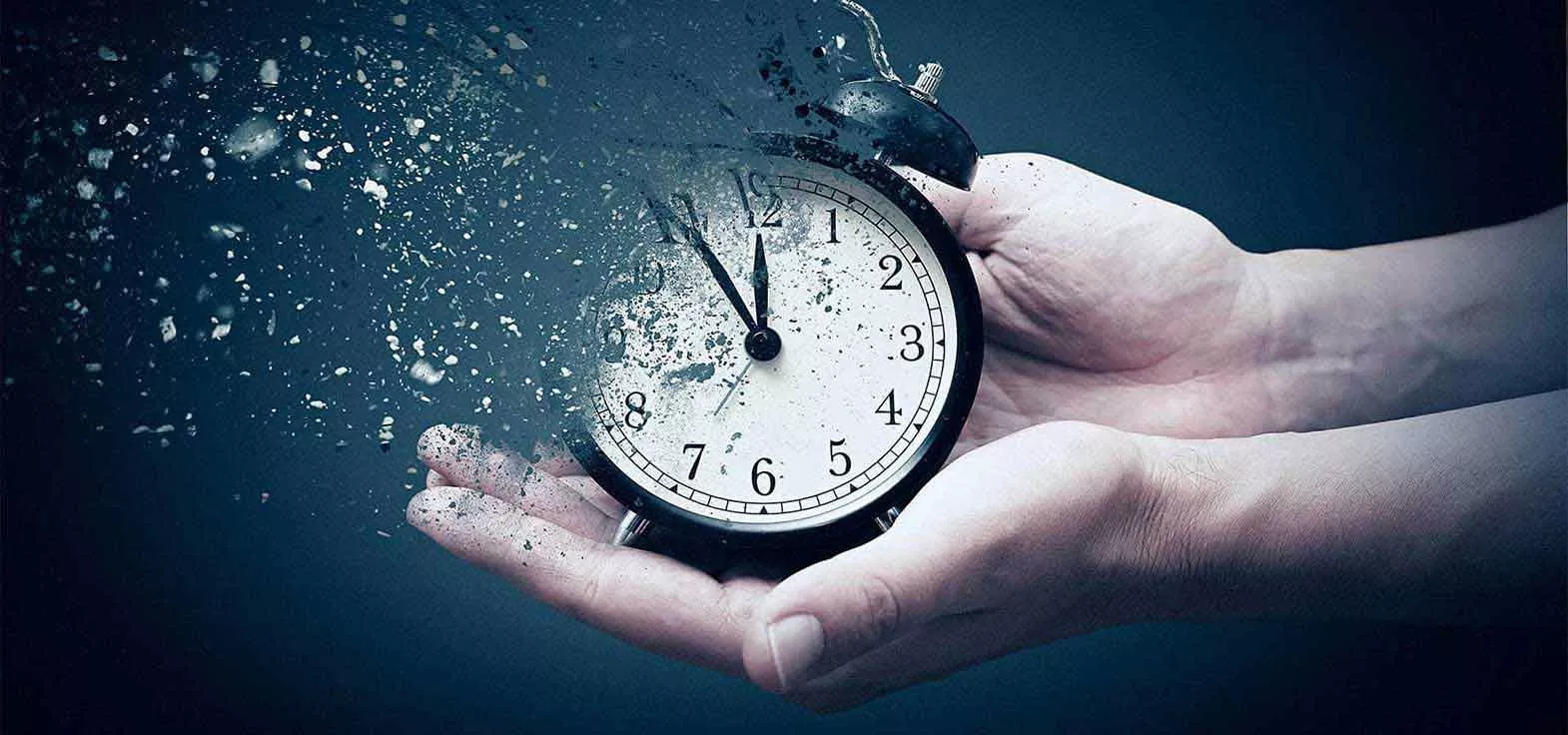For many years, medical devices played second fiddle to medicines in the pharmaceutical industry. Their role was to facilitate the use of the “star” products, the drugs. However, the sector’s low profile became increasingly problematic. There was often confusion about the vast range of products falling under the medical devices umbrella, and, perhaps more importantly, there was clearly a need for tighter oversight when it came to safety compliance.
Consider the fact that a simple band-aid, electronic thermometers, and diagnostics software all fell under the classification of medical devices and it’s clear that a one-size-fits-all regulation doesn’t work for such a diversity of products. In response to this challenge, medical devices were divided into classes, predominantly based on their risk: class I, Is, Im, IIa, IIb and III. However, as technology advanced, so too did medical devices, resulting in active devices, software, in vitro diagnostics, self-diagnostics, etc., and once again adding to confusion as to how these should be managed and regulated.
While the need for a tougher regulation was well-understood (and underway), it took a worldwide catastrophe like the COVID-19 pandemic to highlight the risks of an “easy” and confusing regulation for medical devices in the European Union (EU). Nowhere was this more apparent than with surgical masks, a class I medical device.

